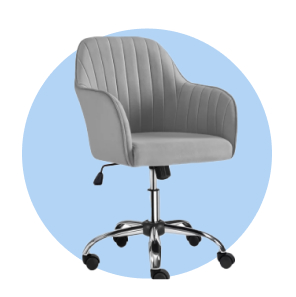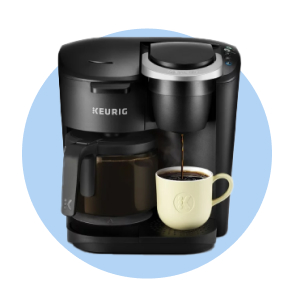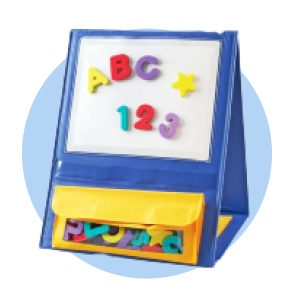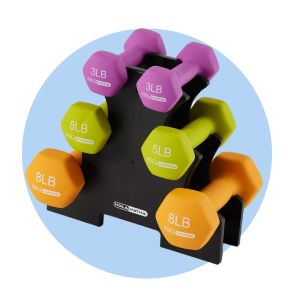
From Copy Paper to Cardstock: The Business Owners Guide to Buying Paper
Knowing your options makes stocking up easier
Even in a digital world, paper remains an essential day-to-day supply for most businesses. That said, there’s no single type of paper that’s best for every task. Internal memos, client-facing reports, brochures, business cards—these are just a few common examples that benefit from different kinds of paper. Office managers and business owners need to be able to anticipate these needs and ensure that employees have the right tools for any job.
To shop smarter and make the most of your budget, you need to understand how paper materials, sizes and weights can affect each project. In this guide, we’ll walk you through the most important things you need to know.

Types of paper to consider
When you think of paper, you’re likely imagining standard copy paper, which can be used for everyday printing and copying jobs. It’s incredibly versatile, relatively inexpensive and works well with both inkjet and laser printers, which makes it an easy pick for the office.
That said, copy paper shouldn’t be the only type on your list. These common varieties also play important roles in the workplace:
Inkjet and laser paper: No matter what type of printer you use, you should have paper that’s made to support the technology. It’s not essential for every job, but when the smallest details matter—for example, when presenting to customers or clients—specialized printer paper can increase the overall quality of the document and give you an edge.
Photo paper: As its name suggests, photo paper is a must if you’re printing actual photographs. Glossy photo paper gives your printouts a classic shiny look, while matte paper helps reduce smudges.
Cardstock: Sometimes you need a heavy-duty option, and that’s when to reach for the cardstock. This can be used for anything from report covers to invitations and also makes it easy to print professional-looking business cards.
Legal paper: If you regularly deal with contracts and other legal documents, you need legal paper. It’s longer than standard copy paper (more on paper sizes below), reducing the page count of lengthy documents and leaving room for notes.
Learn more about the key categories of office paper in 7 Types of Paper & What They’re Used For.
A paper sizes primer
Knowing your regional standards
Not every country uses the same system for paper sizing. In North America, ANSI/ASME Y14.1 has been the standard since being published by the American National Standards Institute (ANSI) decades ago. The default paper size under ANSI, ANSI A, is 8.5" x 11"; these are the dimensions you’ll find on standard boxes of business paper in this region. This and other common dimensions are listed in the chart below.
Category | Size |
ANSI A | 8.5" x 11" |
ANSI B | 11" x 17" |
ANSI C | 17" x 22" |
ANSI D | 22" x 34" |
ANSI E | 34" x 44" |
Throughout Europe and Asia, the most common paper standard is ISO 216. Under ISO 216, the standard copy paper size (A4) is 8.3" x 11.6", slightly reducing the width while increasing the length compared to ANSI sizing.
Category | Size |
A0 | 33.1" x 46.8" |
A1 | 23.4" x 33.1" |
A2 | 16.5" x 23.4" |
A3 | 11.6" x 16.5" |
A4 | 8.3" x 11.6" |
A5 | 5.8" x 8.3" |
A6 | 4.1" x 5.8" |
A7 | 2.9" x 4.1" |
A8 | 2.0" x 2.9" |
A9 | 1.5" x 2.0" |
A10 | 1.0" x 1.5" |
Finding the right paper size for the project
Now that you know what standards to follow in your region, it’s time to explore the outliers. There will be projects that require additional paper sizes beyond the standard, among them:
Legal documents: As mentioned above, legal paper is longer than standard copy paper—8.5" x 14" in ANSI standards, to be exact.
Leaflets and flyers: While these promotional materials can be produced in a variety of sizes, but the smaller A7 is among the most popular options.
Business cards: For printing business cards, look for A8 cardstock. At 2" x 2.9”, it’s the ideal size for wallets and pockets while still being large enough to hold your contact information.
Posters: Posters require more paper real estate. A3 or ANSI B are good starting options, but if you really want to make an impression, go for ANSI E at 36" x 48" (or your region’s equivalent).
For a closer look at paper sizes and standards, check out Standard Paper Sizes: 3 of the Most Common Dimensions and Paper Sizes: A Comprehensive Guide for Businesses.
Understanding paper weights & why they matter
Even when you’ve settled on a specific paper size for the task at hand, you still have additional options to consider when it comes to weight and thickness. Typically, higher weights mean thicker paper. Thicker paper tends to be more durable.
Determining paper weight is more complicated than it sounds. When paper starts in uncut sheets, the dimensions of those sheets determine the paper’s “basis size.” For example, standard 8.5" x 11" copy paper has a basis size of 17" x 22". Manufacturers weigh 500 sheets of basis-size paper to determine its weight.
Depending on the basis size of the paper being weighed, thicker paper can have a lower weight than thinner sheets. In addition to looking at the weight of your selection, keep these three common types of paper in mind:
Bond paper: You likely know bond paper as standard printer paper or copy paper. It’s the thinnest option and weighs between 20 pounds and 32 pounds.
Text paper: Also known as offset paper and book paper, text paper is the next thickest option and ranges from 40 pounds to 100 pounds.
Cardstock: Typically used for business cards and report covers, cardstock or cover paper is the thickest option. Depending on its size, it can weigh anywhere from 40 pounds to 100 pounds.
When printing common office materials, any paper weight between 20 pounds and 32 pounds is common. Savvy companies may use thinner, less expensive paper for internal materials and save the heavier versions for specialty printing jobs. You’ll also want to check your printer’s paper loading capacity to make sure it can handle varying sizes and weights.
Want to know more? Take a deeper dive in Paper Weights: A Guide for Printers, Copiers & More.
Stock your office with Walmart Business
When it comes to paper, Walmart Business has budget-friendly options for your office. If you already have a Walmart Business account, you can unlock even more benefits with a Walmart Business+ membership. You’ll get free shipping,1 free delivery from stores on orders over $352 and 2% back in Walmart Business Rewards on orders of $250 or more.3 That could add up to over $500 a year!4 Click here to learn more.
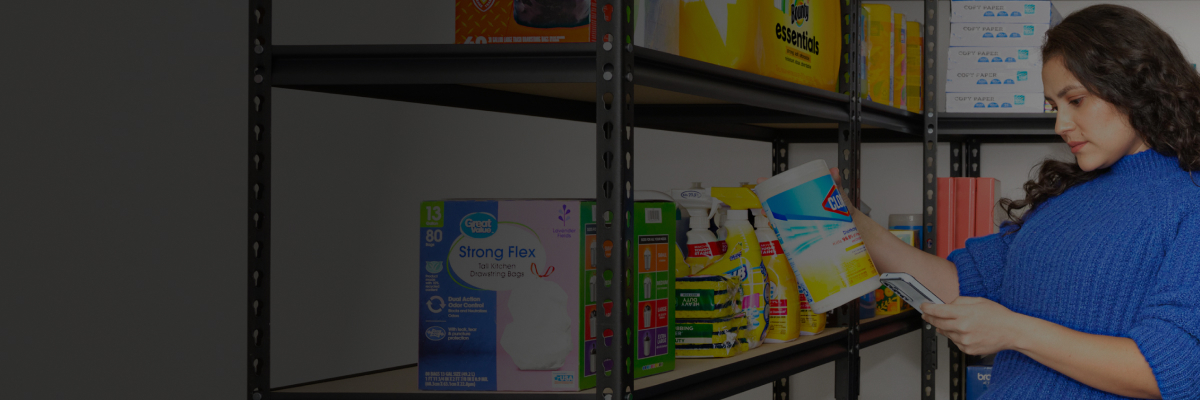
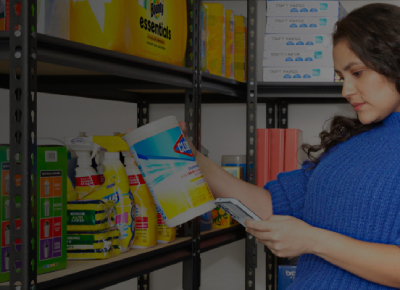
Limited-time offer
Unlock your special promo code
Stay informed on Walmart Business news & get $20 off a $100 purchase!1
1Minimum order of $100. Promo code can be used one time & may not be combined with other offers. Offer not transferable & void where prohibited by law. Customer responsible for all applicable taxes. Offer expires 12/31/2025 at 11:59pm PT. Further restrictions apply. See terms at checkout for details. Promo code offers available in limited quantities. While supplies last.
1 Excludes most Marketplace items, freight and certain location surcharges.
2 Restrictions apply.
3 Rewards can only be used toward future purchases on Walmart Business. Additional terms apply.
4 Savings based on 1 free $35+ delivery order vs. $9.95 fee and 1 free shipping order under $35 vs. $6.99 fee biweekly, plus 2% Walmart Business Rewards on monthly order >$250 (average value of $400).
Exciting news awaits
Hear firsthand about new products, features & promotions.
By clicking submit, you agree to receive emails about Walmart Business and acknowledge you have read and agreed to our Terms of use and Privacy Policy.



